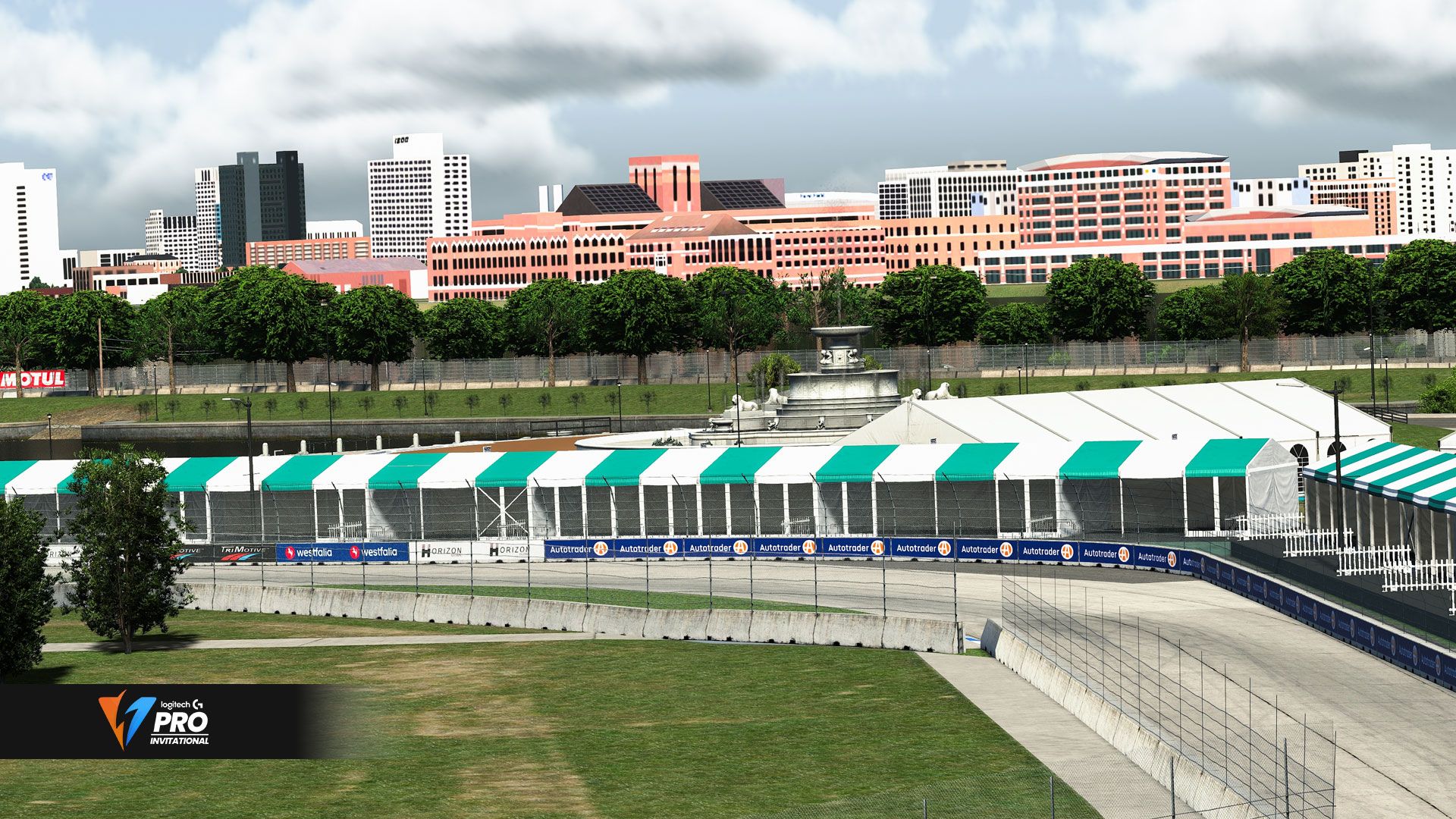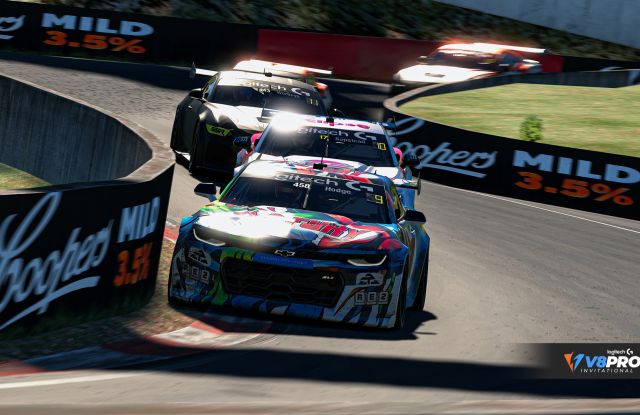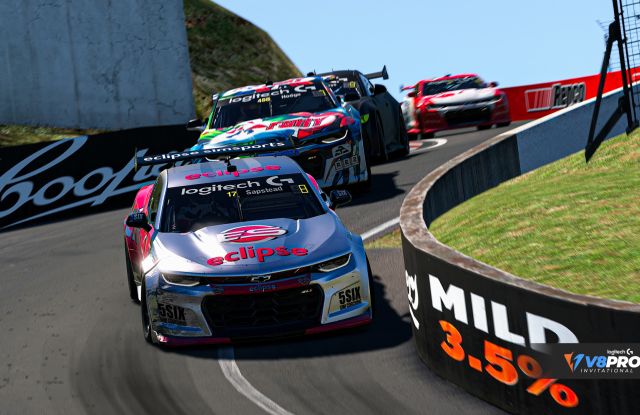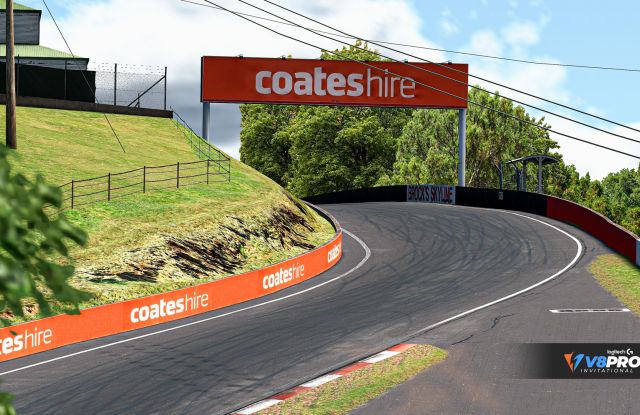The Return of the Super Sprint: Previewing Detroit

The beauty of iRacing and what we do is that we can take racing to places that we’ve never been, but at the same time relive racing from a circuit that is no longer in use.
We get to be creative and take Supercars on a journey the world over, all while celebrating a page of history that has turned for the last time.
IMSA and Indycar both ceased racing from this picturesque island in the middle of the Detroit River, but we as a community never stopped embracing this challenging wall-to-wall affair – one that sits just a few hundred metres from the Canadian border.
This race is also going to be the return of the Sprint format, which will sacrifice the strategy game in the pursuit of more racing. We didn’t have Sprint racing in 2024, but this time it returns with a qualifying session for each race.
We’ve also never done the 2nd qualifying session before, which is going to require the adrenaline of the first race to wear off before drivers hit the track to stake their claim for grid position in Race 2. A reassuring thought from all of this is that a disastrous Race 1 doesn’t mean your night is over.
So what are the big challenges this time out?
Firstly, it's a street circuit, and it's a known quantity; generally considered to be the best street circuit currently available on the platform (pending the launch of Adelaide later in the year…. we hope) risk levels are high. Overtaking opportunities are few and far between, and racing is likely to lead to contact.
As noted, the race format is also a big one for teams to think about. We welcome back the “Super Sprint” format in 2025, with two rounds changing things up and testing the capabilities of drivers on race starts. Detroit Belle Isle and Road Atlanta have been the tracks selected for the format, and compulsory pit stops have been dropped from the schedule for Wednesday night in favour of an additional standing start. This season has seen multiple issues with spinning tires on lap 1, and with the final drive ratio tuned short for peak performance, Detroit is set to be one of the most tricky starts of the season.

The bumpy concrete surface will be a challenge for drivers
Above all, the racing itself will be the biggest challenge. With short runs between corners, less grip than we have ever had, and drafting not offering the usual opportunities – Detroit is one of the hardest venues to complete a pass.
So how are the drivers going to get it done? The best chances will come from the mistakes of others, and probably a bit of leaning on each other. The racing product this year has been closer than ever, with drivers able to trade paint way more paint than they could in the delicate Gen2 cars. Here in Detroit, this style of racing will be tested to the maximum.
2022
Format: 60 Laps (226km)
Pole Position: Jarrad Filsell 1:27.524
Winner: Jarrad Filsell
2023
Format: Super Sprint Round - 2x 28 Laps (105km)
Pole Position: Brady Meyers 1:29.292
Race 1 Winner: Andrew Gilliam
Race 2 Winner: Madison Down
Round Winner: Madison Down
2024
Format: 60 Laps (275km)
Pole Position: Andrew Gilliam 1:27.826
Winner: Jarrad Filsell
2025
Format:
Qualifying 1: 25 mins (Split Qualifying)
Race 1: 16 Laps (60km)
Qualifying 2: 25 mins (Split Qualifying)
Race 2: 24 Laps (90km)
Statistically, this is going to be the shortest race meeting we’ve had in the history of the series. Sprint races previously held have been around the 100km mark, but our total race distance this time out is only 150km across the 2 races.
One of the biggest changes to the new Super Sprint format is the separate Qualifying for each race. Race 1 no longer determines your starting position for Race 2, meaning that going for an aggressive move early no longer has the consequences of dooming your entire night.
You combine this with the short race format, and it adds impetus to being more aggressive. After all the banter from Stephen “Sandman” Clarke about the Safety Car, we finally get a round where the stars can align. I would put the potential somewhere around 85%; it’s not guaranteed, but there’s a very strong chance.
Strategy wise, expect no stops in the first race. There’s no gain to be found and the time loss is too significant – unless we get that Safety Car. Even then, track position will dominate and only cars doomed to run at the back of the field are going to take the chance.
In Race 2, all of that changes. The maximum distance you can go with the fuel limitations is about 16 laps, with the fuel window opening 8 laps in. Whilst there isn’t a requirement to do a pitstop in the rules, tank size is going to force one!
I said it last year and I will say it again. Keep an eye on Andrew Gilliam.
Speaking to him after Watkins Glen, Gilliam finally felt he found something in the car and its setup, and the results spoke to that change. He was able to take home pole position last year along with a race win despite all of the drama going on around him; keep your eyes peeled for Gilliam to take full advantage of the individual qualifying sessions.
This is going to be a unique experience. Different track conditions for both qualifying sessions means the results are very likely to be different, meaning starting orders could change dramatically.
I’ve heard mixed takes on the format, but let’s not knock it until we try it. Tune in Wednesday night from 7.45pm AEST to catch all of the action!
Related Articles

One Thousand Reasons: Bathurst 1000 Preview

Gallery: Bathurst Co-Driver Clash



